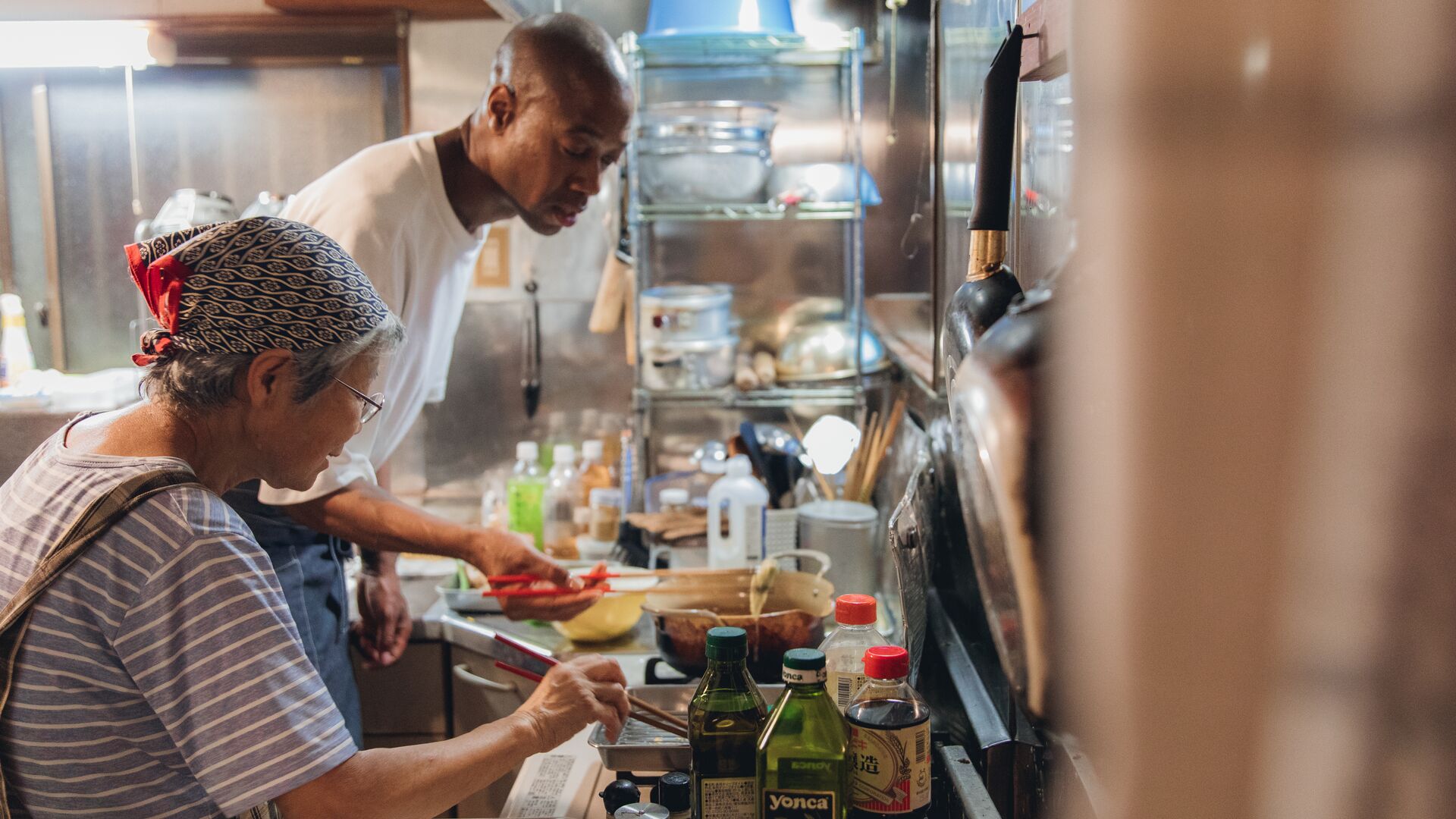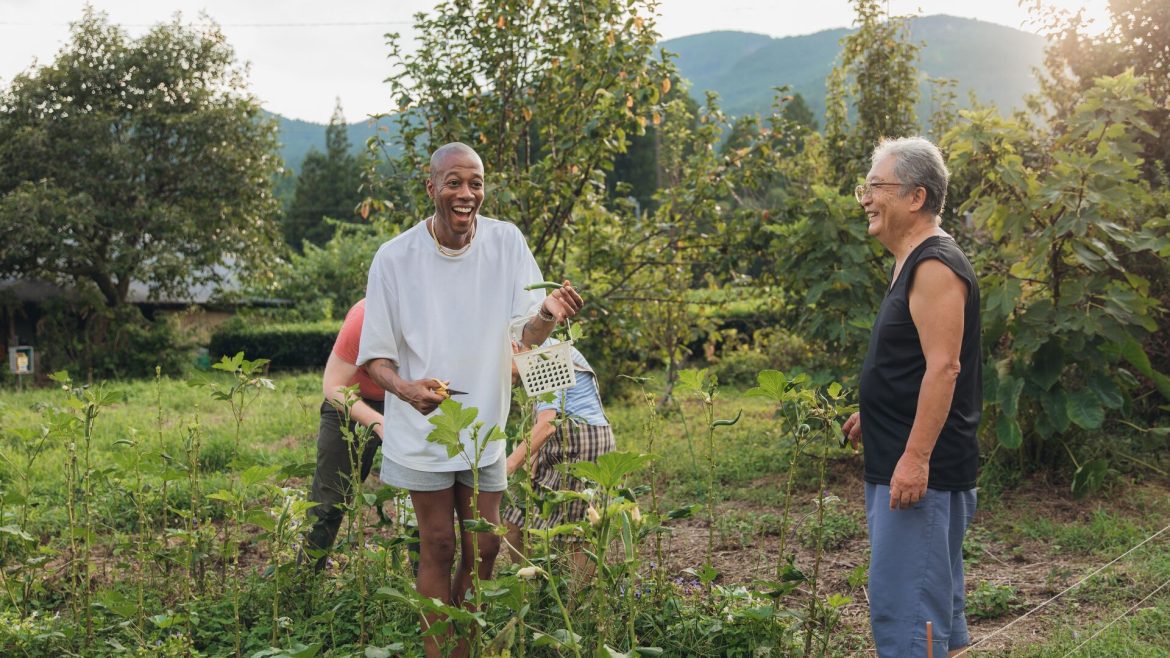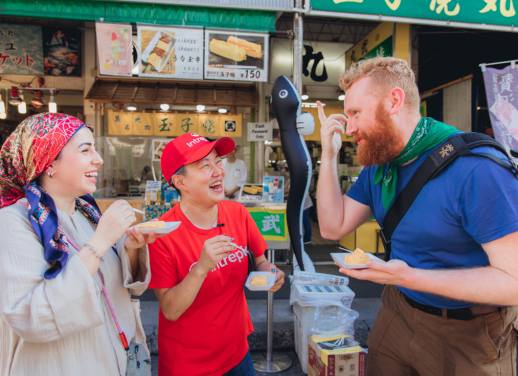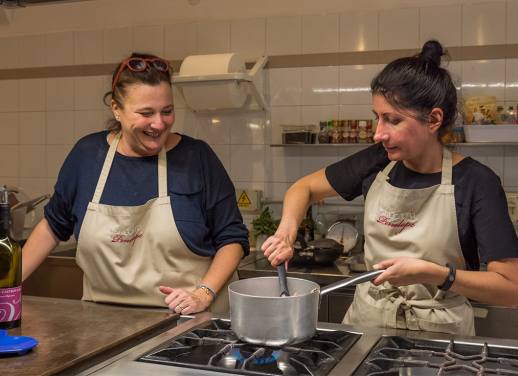Japan is one of the most popular holiday destinations in the world for good reason. From picturesque scenery and bustling nightlife to delicious cuisine, there’s a lot to enjoy about this beautiful country – not least the people.
Homestays are a great way to experience life through the eyes of a resident while you’re travelling. In Japan, local knowledge comes in handy to navigate cultural differences, and a homestay is the ultimate expression of that. ‘You don’t have to organise anything,’ says Canadian traveller Derek Friday. ‘It’s really great to have people who are on the ground to escort you, especially when it comes to language barriers.’
Derek stayed with a group at Hananeko House in the leafy town of Kawanehon-cho, and was plunged headfirst into the rural community. Throughout his overnight stay, he picked fresh vegetables, attended a traditional tea ceremony, walked through the neighbourhood with a view of Mount Fuji (‘it was surreal for me,’ he says) and learned how to cook traditional Japanese meals.
‘I got to learn how to make tempura from scratch, which was one of my absolute top favourite things that I did on the trip, because I was in someone’s home in their kitchen doing what they do normally,’ Derek says. ‘I got really confident with cooking and flipping in hot oil with chopsticks.’

On the host’s side, homestays are also a valuable experience – they offer an opportunity to meet travellers from all over the world, and introduce them firsthand to their culture. Natsuo Muramatsu moved to his guest house after retiring, and has been a homestay host for five years, opening his home to the company of strangers. ‘I wanted to meet people from different countries and enjoy conversations and cultural exchanges,’ he explains.
Our guests often say that staying here feels like the real Japan.
The activities Natsuo shares with visitors include swimming, catching crayfish, having barbecues and making mochi rice cakes – the latter of which Derek also enjoyed during his homestay. The process begins the day before by cleaning mochigome – a glutinous short grain rice – and soaking it overnight, then steaming it for an hour before putting it in a bowl and pounding it with a wooden tool.
‘Yosho!’ is the cheer you’ll hear when people make mochi together – it’s a way to encourage and support one another. ‘It was so fun,’ Derek says. ‘I didn’t realise the process of making mochi is really that simple.’
Reflecting on his homestay in Kawanehon-cho, Derek remembers it feeling natural, even though he was on the other side of the world from his usual surroundings. ‘Pulling up to the home, I felt no apprehension,’ he says. ‘It didn’t feel so foreign – I felt very at home.’
Natsuo recommends that travellers stay for at least two nights, but ideally a week, to soak up all that Japan has to offer away from crowded tourist trails. ‘There’s much more to enjoy, like the starry night sky, which is beautiful here,’ he says. ‘Our guests often say that staying here feels like the real Japan.’
Derek travelled (and made mochi) on Intrepid’s Japan Highlights trip.




